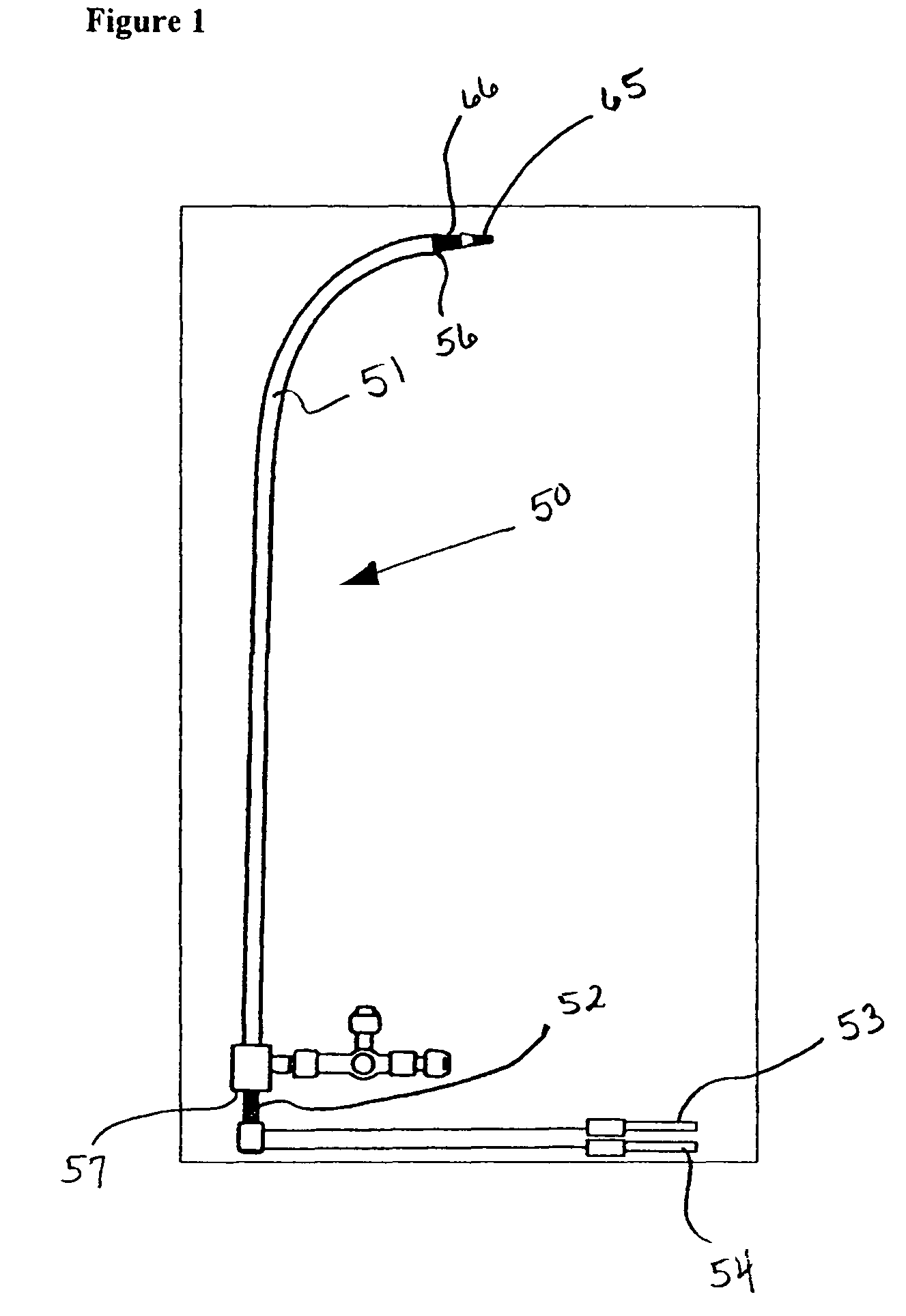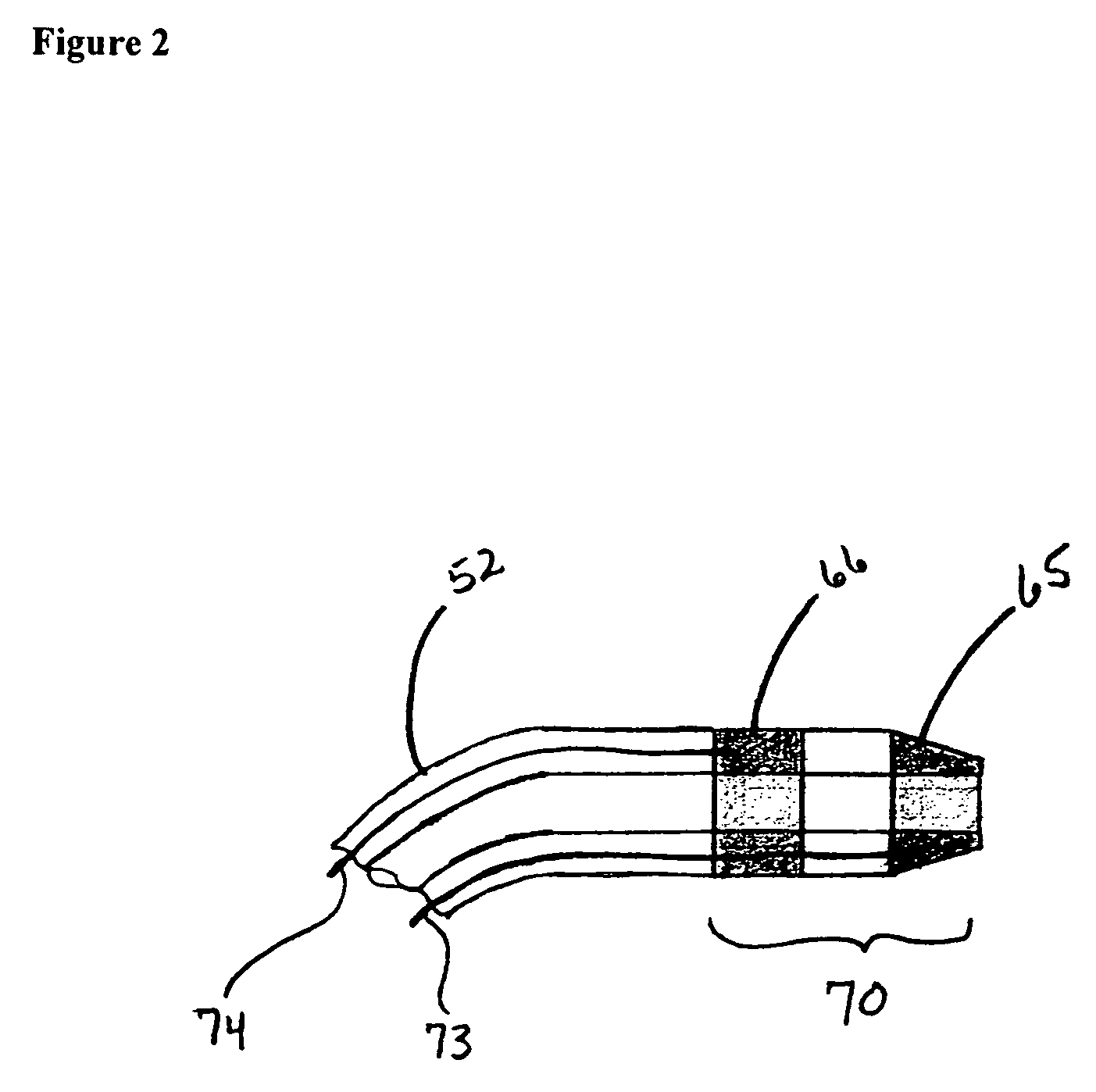Method and apparatus for locating the fossa ovalis, creating a virtual fossa ovalis and performing transseptal puncture
a technology of fossa ovalis and transseptal puncture, which is applied in the field of methods and apparatus for locating the fossa ovalis, creating the virtual fossa ovalis and performing transseptal puncture, can solve the problems of cardiac tamponade and death, the use of puncture technique is in decline, and the complications are serious and life-threatening, so as to reduce the impedance, the effect of reducing the slew rate and reducing the pacing threshold
- Summary
- Abstract
- Description
- Claims
- Application Information
AI Technical Summary
Benefits of technology
Problems solved by technology
Method used
Image
Examples
Embodiment Construction
[0037]In the methods and apparatus described in the '844 application, the fossa ovalis may be identified by changes in electrogram morphology, pacing threshold and / or impedance values. In particular, the fossa ovalis may be located by measuring the electrophysiological (“EP”) activity of the fossa ovalis and surrounding heart tissue. By observing differences in the EP activity of tissue at various locations, the operator may determine the location of the fossa ovalis. The lower muscle content and higher fibrous tissue content of the fossa ovalis with respect to the rest of the interatrial septum, as well as the relative “thinning” of the fossa, results in changes in EP activity which may be readily observed via an intracardiac electrogram. For example, the fossa ovalis will record broader, fractionated electrograms of lower amplitude and lower slew rates. Based upon these surprising findings, one or more electrodes for acquiring EP data may be incorporated into a catheter / dilator us...
PUM
 Login to View More
Login to View More Abstract
Description
Claims
Application Information
 Login to View More
Login to View More - R&D
- Intellectual Property
- Life Sciences
- Materials
- Tech Scout
- Unparalleled Data Quality
- Higher Quality Content
- 60% Fewer Hallucinations
Browse by: Latest US Patents, China's latest patents, Technical Efficacy Thesaurus, Application Domain, Technology Topic, Popular Technical Reports.
© 2025 PatSnap. All rights reserved.Legal|Privacy policy|Modern Slavery Act Transparency Statement|Sitemap|About US| Contact US: help@patsnap.com



